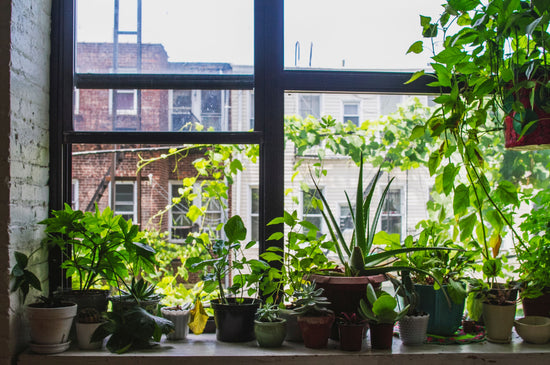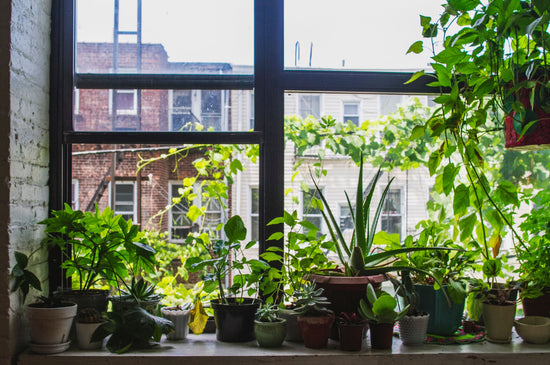Blueberry Plants Demystified: Expert Tips for a Bountiful Harvest
Growing blueberries at home can be a deeply rewarding experience, offering not only delicious and nutritious fruit but also a visually appealing addition to your garden. This comprehensive guide will walk you through everything you need to know to grow thriving blueberry plants and ensure a bountiful harvest.
Why Grow Blueberries at Home?
Blueberries are one of the most versatile and healthy fruits you can grow. Packed with antioxidants, these berries are perfect for snacking, baking, and preserving. Blueberry bushes also provide stunning seasonal interest, from delicate blossoms in spring to vibrant fall foliage.
For a great start, consider the Emerald Blueberry Plant, a robust and high-yielding variety.
Selecting the Right Blueberry Variety
Choosing the right variety is crucial for success. Here are some popular options:
- Highbush Blueberry (Vaccinium corymbosum): Perfect for cooler climates and well-suited to home gardens.
- Rabbiteye Blueberry (Vaccinium virgatum): Thrives in warmer regions and produces large, sweet berries.
- Southern Highbush Blueberry: A hybrid variety designed for areas with mild winters.
- Pink Lemonade Blueberry: Known for its unique pink fruit and ornamental value.
For variety, try the Berry Variety Pack.
Preparing the Soil
Blueberries require acidic soil with a pH between 4.5 and 5.5. Before planting, test your soil and amend it with materials like peat moss or sulfur if needed. Good drainage is essential, as waterlogged soil can lead to root rot.
If you prefer container gardening, the Blueberry Plant in a 2-inch Grower’s Pot is a great choice.
Planting Blueberries
- Timing: Plant blueberries in early spring or late fall when the bushes are dormant.
- Spacing: Space bushes about 4-5 feet apart to allow for proper air circulation.
- Depth: Dig a hole twice as wide and deep as the root ball, and plant at the same depth it was growing in its container.
- Mulch: Apply a 2-3 inch layer of mulch to retain soil moisture and control weeds.
For those looking to grow multiple fruit types, the Patio Fruit Plant Variety Pack offers a diverse selection.
Watering and Fertilizing
- Watering: Blueberries need consistent moisture, especially during the fruiting season. Water deeply but avoid overwatering.
- Fertilizing: Use a fertilizer formulated for acid-loving plants. Apply in early spring and again in late spring.
Pruning Blueberry Bushes
Pruning is essential for maintaining healthy growth and high yields. Prune in late winter or early spring, removing dead or damaged branches and thinning out crowded growth.
Cross-Pollination for Better Yields
Blueberries benefit from cross-pollination. Planting two or more varieties near each other can result in larger and more plentiful berries.
Protecting Blueberries from Pests and Diseases
Birds are the most common pests for blueberries. Protect your harvest by covering bushes with bird netting. Keep an eye out for pests like aphids and caterpillars, and treat them with organic solutions like neem oil.
Harvesting Blueberries
Blueberries are ready to harvest when they turn a deep blue color and detach easily from the bush. Pick regularly to encourage continued fruit production.
Where to Buy Blueberry Plants
For high-quality plants, explore the Fruit Trees Collection. Wekiva Foliage offers a range of options tailored to both novice and experienced gardeners.
FAQ
1. How much sunlight do blueberries need?
Blueberries require full sun for at least 6-8 hours a day to thrive.
2. Can blueberries grow in pots?
Yes, blueberries grow well in containers. Ensure the pot has good drainage and use acidic soil.
3. How long does it take for blueberries to produce fruit?
Blueberries typically begin producing fruit 2-3 years after planting.
4. What’s the best way to fertilize blueberries?
Use a fertilizer designed for acid-loving plants and apply it in early spring and late spring.
5. How do I protect blueberries from birds?
Cover the bushes with bird netting during the fruiting season to keep birds away from your berries.





